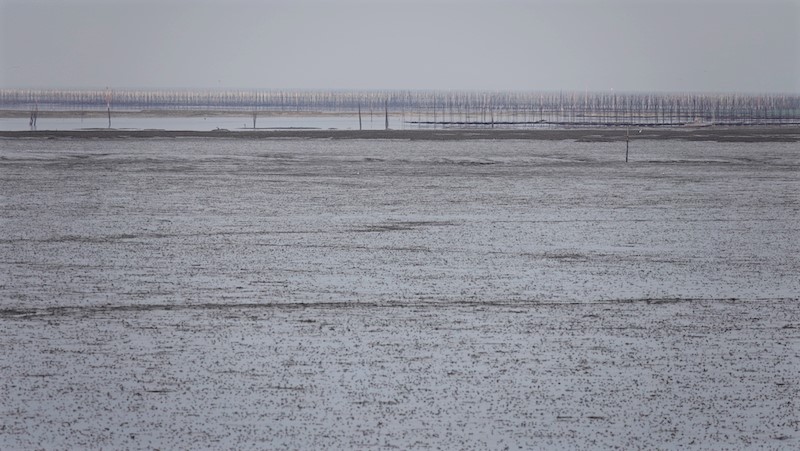
I have made a few discoveries after visiting over a dozen Ramsar Wetlands in Japan through participation in Ramsar Center Japan’s KODOMO (Children’s) Biodiversity activity in 2009 and 2010 and the current People, Wetlands, Wildlife (PWW) project. First, despite often sharing many common features, every wetland is unique. They vary in altitude, terrain, plant life, water levels, and average sunshine, for example. Second, as wetlands are often quiet and somber places, they tend to reflect your mood. If you enter a wetland in a bad mood I guarantee you will leave in a worse mood! 😊
Third, your evaluation of a wetland often changes over time. As the PWW articles are written from the perspective of a first-time inbound visitor to Japan, I am encouraged by the editorial staff to focus on my first impressions. In Year 1 of PWW, I entered some Ramsar sites knowing virtually nothing about them (And, given my generally poor grasp of geography, often not even knowing where I was…😊). This was not entirely due to laziness on my part, but also based on the desire of the editors to have me experience the wetlands without preconceptions.
To be honest, my first impression of Hizen Kashima-higata was not good. At high tide, it just appeared to be a muddy ocean with ducks floating on the surface and laver cultivation rods protruding in the background. Hizen Kashima-higata is an isolated location with no attractive scenery to serve as a distraction. The return visit at low tide did little to improve my opinion of the tidal flat. The water had receded to reveal a vast expanse of whitish stubs that I learned were tiny crabs (Apparently not very tasty as the few birds walking over the flat showed no interest in them) and mud. I must have been tired because I gave one of my shortest comments, and we quicky shut off the cameras and returned to our hotel.
However, months later, when I started writing the articles for the 3 Ariake Sea tidal flats, a funny thing happened. The articles for Higashiyoka-higata and Arao-higata, which I had viewed much more favorably, were surprisingly difficult to write. It was hard to remember key features and details. On the other hand, all sorts of memories and images started to pop into my head regarding Hizen Kashima-higata. I remembered the vast blanket of tiny crabs, the Alien-like Warasubo (Which I had refused to try at a local restaurant) and the thick mud that had inspired the creation of the mud skis.
I also recalled the ecological important of Hizen Kashima-higata in the Ariake Sea tidal flats. As the final resting spot for the silt and debris flowing in counterclockwise from the Ariake Sea, Hizen Kashima-higata requires regular cleaning and maintenance, making it the ‘filter’ for the area tidal flats. I also thought of the considerable effort that Kashima City residents make to clean the tidal flat in order to hold the annual “Gatalympic”. The Hizen Kashima-higata article practically wrote itself.
While it may be a stretch to say that “All wetlands are created equal”, I now think it is safe to say that ‘All wetlands are important!’.
James McGill